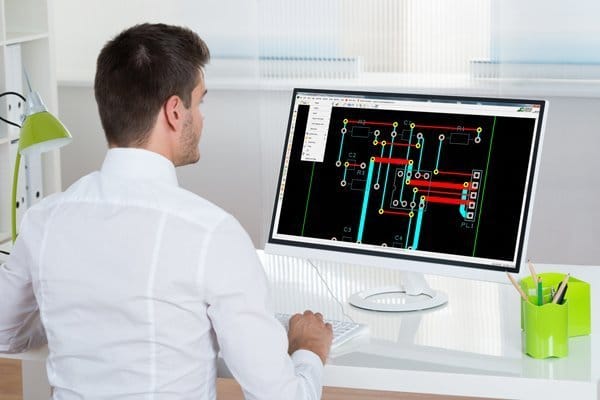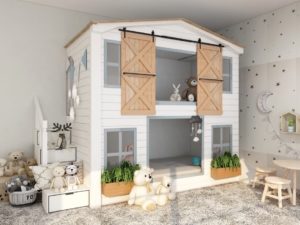When you are finished with your PCB design after a long time spent designing it, it can be tempting to send it off for manufacturing. This usually puts the design in someone else’s hands and they bring it to life for you. Of course, sending a PCB design that isn’t perfect off for manufacturing can be an expensive mistake and one that you will want to avoid at all costs.
Here, we are going to talk you through some of the things you should consider before you send your circuit board design off for manufacturing. Keep reading to find out more about whether your circuit board design is ready for manufacturing?.
Is Your Circuit Board Design Ready for Manufacturing?
1. Generating The Files
You can’t send your design for manufacturing if you don’t have your files compiled. Your manufacturer will need to follow strict guidelines that you have set out in your manufacturing documentation. These files will not only need to explain everything that you have in your design but they will also need to be in the right format. Many manufacturers prefer you to use Gerber files so it might be handy figuring out how to convert your files.
2. Testing The Design

One of the biggest mistakes that you can make when sending off your circuit board design for manufacturing is to do it without testing it properly. Many of the best software providers for this kind of project, including Altium, offer simulations and testing features. You must make sure that you have tested your design as much as you can and fix any issues before you send it off. This way, you can be sure that your design is ready.
3. Back Up Parts
Another thing that you should consider when you are thinking about sending your circuit board off for manufacturing is the parts that you are using. While you might have come to a decision on the best parts for the job, these parts might not always be available. A lack of the right parts could cause real delays for the manufacturer and you might not get your product delivered on time. This is why you need to make sure that you have some back-up parts listed in your documentation.
4. Thermal Concerns
Finally, you need to ensure that you are thinking about the placement of your components. If you have some larger components located next to the smaller parts then this can cause real problems. When the PCB is being manufactured, heat will likely be introduced. The last thing you want is for a heat sink to appear as this can ruin the board. Try to space your components far away from each other to avoid this.

Final Verdict
It is really important that you are thinking carefully about whether your design is ready for manufacture or not. Think about your documentation and ensure that you have tested your design enough times. Hopefully, this should help you to get your design right the first time and get your product on the shelves.





